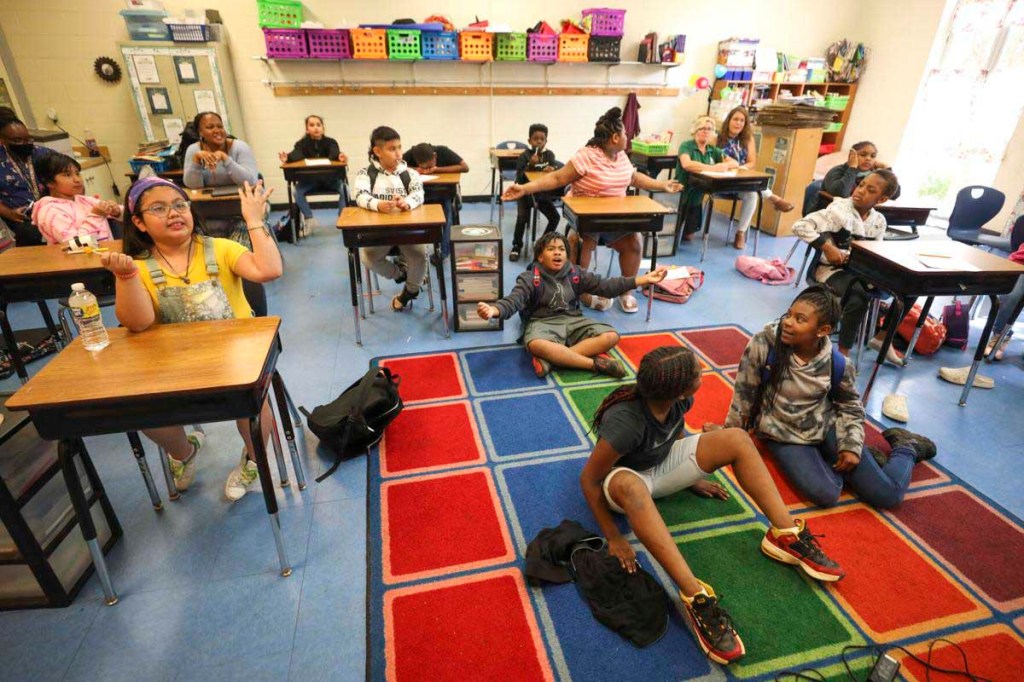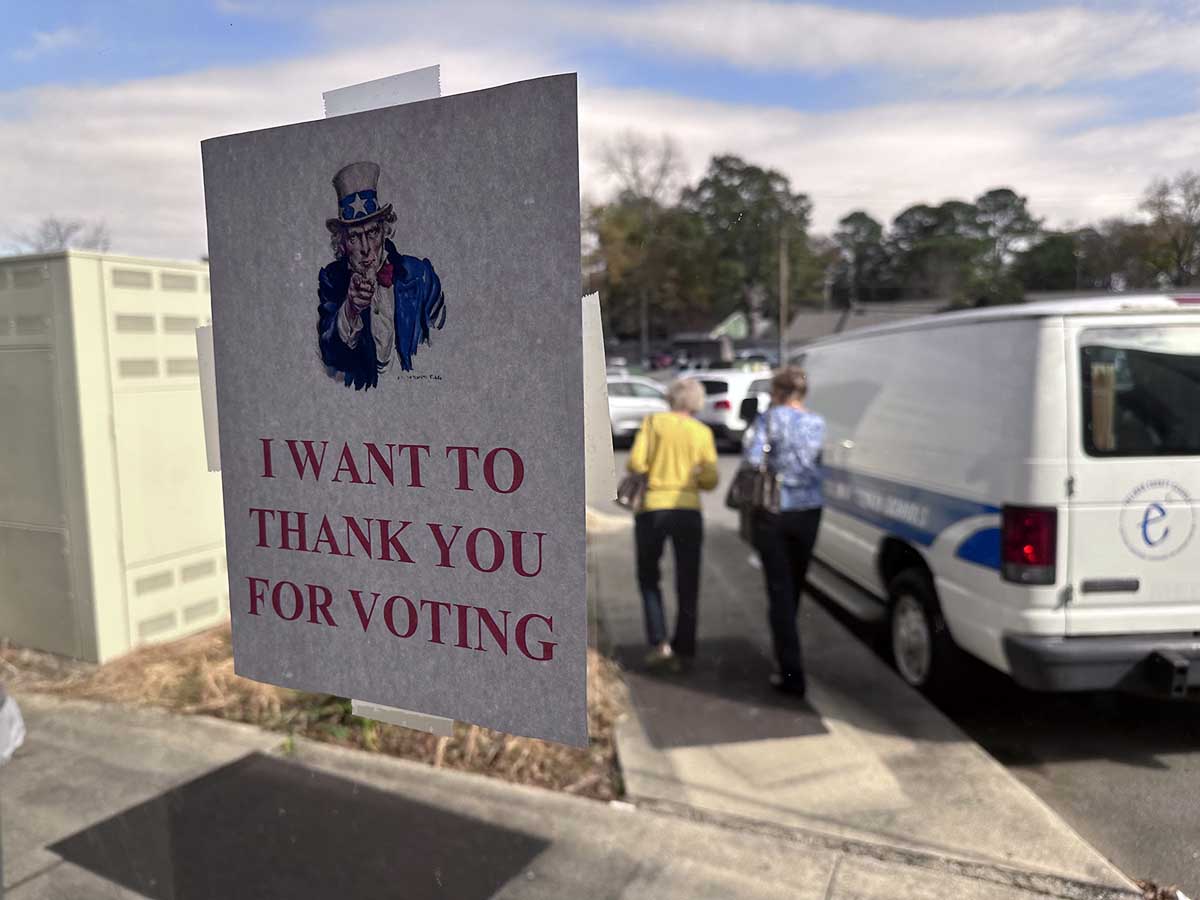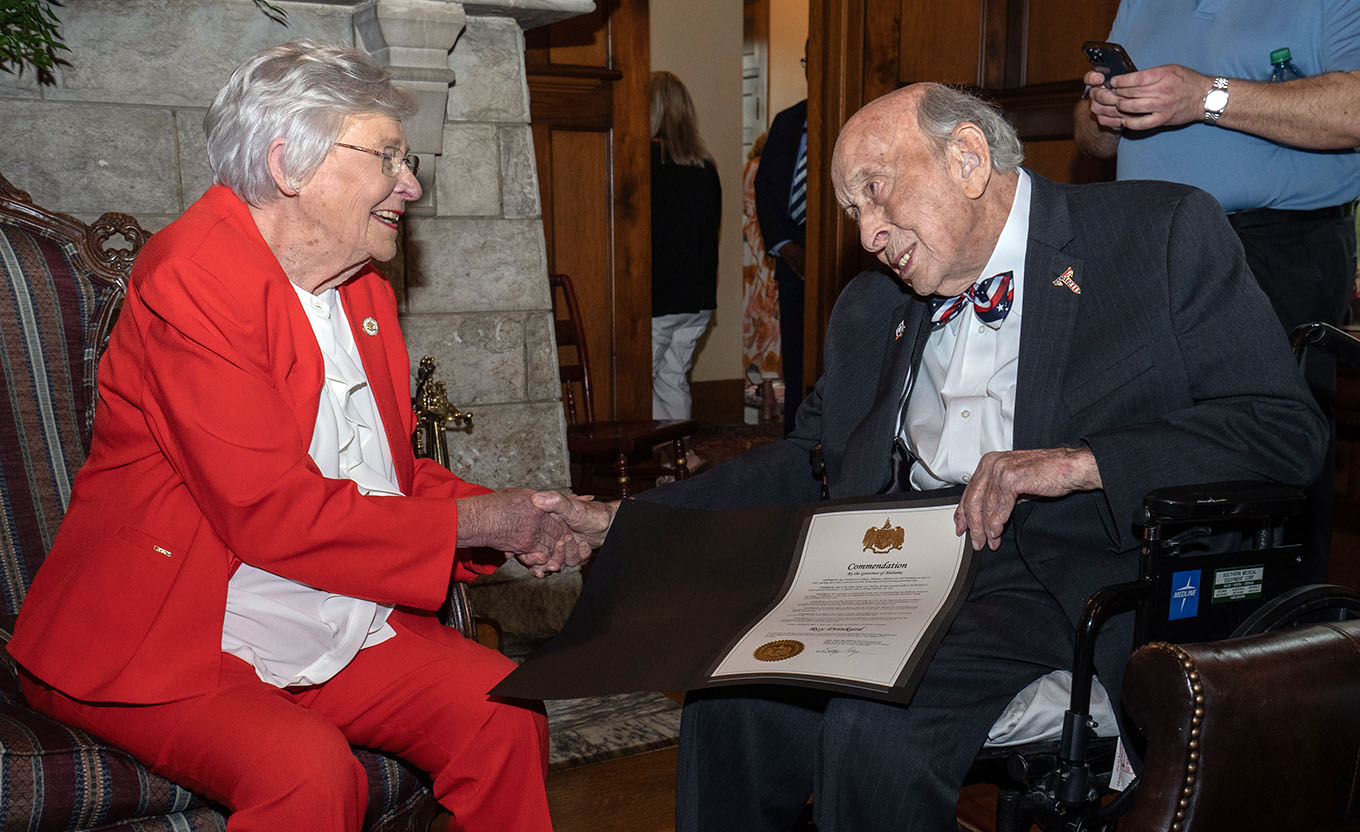Do summer school programs actually help students?
Published 1:35 pm Monday, January 2, 2023

- Students in the after-school program react to the results of a live-streamed and interactive game show put on for a few different elementary schools on Monday, May 2, 2022, in Laurens.
In Jaime Hattendorf’s science classes at J.L. Mann Academy in Greenville, South Carolina students typically draw specimens after peering through microscopes, determine if leaves are photosynthesizing in a test tube, and learn how to propagate and harvest plants. The teacher believes students learn best with hands-on activities.
But this type of instruction didn’t happen during the summer school course in biology she monitored in 2021. Students came to school and worked on computers, taking virtual lessons.
Trending
Summer programming, when done right, can be a critical intervention for students with learning gaps. It can prevent students from dropping out of school. But if the programming doesn’t engage students, not only will students not see any benefits, they could also continue to fall behind academically.
Educators now have an opportunity to transform summer school. Each school district in South Carolina must budget and spend at least 20 percent of the allocated money from federal relief funds to remedy pandemic-related learning loss. Totaling $380 million, these funds can be used during the school day, after school or over the summer, and must be used on evidence-based interventions.
This opportunity may require school districts to think more creatively about the summer months than they have previously.
Hattendorf’s course resembled a classic type of summer school program that focused on remedial learning. Her students who failed the class during the school year could take a condensed version of the class over a four-week period to get credit and graduate on-time.
They retook their biology class through VirtualSC, an online learning program created by the state and one of the numerous platforms school districts use to instruct students during summer school. Without the connection of hands-on activities, Hattendorf questioned how much students gained in knowledge from the program.
“They did what they needed to do to get the grade, but they didn’t necessarily understand the why or the how,” Hattendorf said.
Trending
While many education authorities have anecdotal evidence about the benefits of summer programs, national data about whether these offerings actually improve students’ academics or socio-emotional well-being can be murky. Not all programs held in the summer guarantee benefits to students.
With the pressure to address learning loss increasing, The Post and Courier analyzed summer school programs held last year in South Carolina, investigating the structure and performance of 67 of the state’s traditional 77 school districts. Almost 60 percent of the districts used a virtual program last summer to educate some portion of their students during summer school. Yet studies have shown that students perform worse in virtual academies than brick-and-mortar schools.
What the state requires of summer offerings varies from program to program. For credit recovery courses and programs administered through federal or state funds, such as 21st Century Learning Center grants or the mandated Read to Succeed summer reading camps for third graders, the South Carolina Department of Education has standards districts must follow. But besides those programs, the department does not have state standards for summer education. As a result, summer programs between districts can look quite different.
“Are there best practices and things of that nature that we can assist school districts with identifying? Absolutely, but it’s not a state or federal requirement for us to regulate them,” said Ryan Brown, a spokesman for the S.C. Department of Education.
In many districts, a large population of students attend summer school. For example, in Sumter, almost 20 percent of their student population was enrolled in summer learning programs last June. But when The Post and Courier asked districts for data that showed they tracked the performance of their summer cohorts into the following school year, almost all districts either did not respond or said such data was not readily available. The two districts that did provide data showed mixed academic performance results.
South Carolina school districts have an unprecedented opportunity through September 2024 to use a large influx of cash to revamp summer learning. Will they take advantage of it?
The push for enrichment learning
Terry Peterson recalled visiting three South Carolina towns one summer prior to the pandemic. Summer opportunities in Summerton and Allendale enrolled about 80 students, and almost all stayed in the programs to their completion. In another nearby town — he didn’t want to name names — another 80 students studied in a reading camp. By the program’s conclusion, only 20 to 30 students attended regularly.
The difference between the programs? The opportunities in Allendale and Summerton involved students engaging in fun projects incorporating science, technology, engineering, the arts and math, Peterson said. The reading camp did not.
Peterson knows education. The Johns Island resident holds many titles: he’s an education consultant to the CS Mott Foundation, a senior fellow for the Riley Institute at Furman University in Greenville and the vice-chair of the national Afterschool Alliance organization. Previously, he served as the counselor to Dick Riley during his tenure as the secretary of education under President Bill Clinton.
Seeing summer schools with students not engaged in playful activities makes him cringe, he said.
“It’s more of a punishment than an empowering kind of thing,” he said.
Peterson sees a lot of opportunity for growth and innovation with education during the summer months. He’s a proponent of enrichment-focused summer learning, a relatively new way of viewing and using summers to engage students. Like many experts in the field, he’s particular about verbiage. He promotes summer learning, not summer school.
The classic model of summer school resembles the type of program Hattendorf taught, where students who fell behind on class material during the regular academic year make it up during the summer. The focus is on remediation and little else.
On the other hand, enriching summer learning programs aim to address learning gaps while also engaging students in other activities to spark their curiosity. Think of activities such as playing soccer to learn about distance, or putting on plays to learn how to present to an audience, Peterson said.
“If kids are struggling from the school year, repeating the same thing — you’re not going to have a positive impact,” he said.
This type of instruction is geared toward all students, not just those who failed a course the previous school year. Even students who perform well academically are susceptible to the summer slide, a term education experts use to describe the regression students experience during the summer months. Still, the phenomenon mostly affects low-income students who may not have the ability to pay for special summer activities that keep other students engaged.
The data indicates these summer learning opportunities that feature enrichment activities yield more academic success, too. A 2021 report by the RAND Corporation found strong evidence that summer learning programs lead to short-term gains in math. Students with consistent attendance for two summers also out-performed non-participating students in both math and English language arts.
Boston, Dallas and Duval County in Florida were among the communities studied; all offered enrichment activities.
The thinking behind summer learning is that offering students creative activities will encourage them to keep learning during the summer. Not only will these activities prevent the slide, but they’ll also make students more eager and curious to learn during the school year.
In Laurens County School District 55, educators took English and math concepts and integrated them into activities during the district’s summer camps last year. Elementary and middle school students crafted bionic hands, gardened and went canoeing, among other ventures.
“It’s important that they know there’s just so much out there,” said Tanya Towne, director of the Joe R. Adair Outdoor Education Center, a learning center in the school district. She works with the schools in Laurens 55 and extends the enrichment opportunities during the regular academic year, as well, leading students in STEM activities after school and at special Saturday events.
She said she’s seen the interest these experiences spark. One student who helped create a garden with classmates enjoyed it so much he started one with his grandma, she said.
“School is not a chore,” Towne said. “It should be fun.”
Laurens 55 isn’t the only district in South Carolina offering such programs. Across the state, many districts found ways of incorporating enrichment activities for elementary and middle school students. Many weren’t new for last year, but many districts said they expanded the number of students who could attend these programs. Some district officials said these activities were a way of encouraging attendance, while others said the activities were themselves a part of the learning experience.
Students tried out karate and coding activities in Charleston County and built LEGO robots in Ware Shoals School District 51. In Georgetown County School District, elementary students learned how to cook through a partnership with Clemson Extension, the university’s outreach program that offers research and community development across South Carolina.
Of the 67 districts surveyed by The Post and Courier, at least 46 said they offered enrichment programs or activities.
But these opportunities were, for the most part, only available to elementary and middle school students. High school summer offerings proved to be a different story.
The good and the bad of credit recovery
As Cliff Lee, a Spanish teacher at J.L. Mann Academy in Greenville, walked through the high school’s classrooms and watched students take online classes, he had some concerns.
He saw students needed the opportunity to make up for classes they failed, a relief for many who struggled with the disruptions from the pandemic. But at the same time, he wondered if the students learned what they needed to learn from the online credit recovery course.
The Post and Courier analysis discovered that a majority of districts’ high school-level summer programs prioritized credit recovery. Many of these programs relied heavily on online sources like the state’s VirtualSC, or programs such as Edmentum, Edgenuity or Apex Learning to retake courses.
In most cases, students come into classrooms and work through the online courses as teachers monitored and assisted with any questions.
Research has shown that students who take online classes perform worse than their counterparts in brick-and-mortar schools. A 2017 study by New York University and the RAND Corporation looked at data from 1.7 million Ohio K-12 students who attended both types of schools and found students in e-schools performed considerably lower than their peers. A Post and Courier analysis of the top 10 largest district’s virtual academies also found that most were plagued by high failure rates — much higher than students learning in-person.
Studies focused on credit recovery found virtual programs yielded mixed results. Scholars from the American Institutes for Research studied students in an algebra class who took an online credit recovery course. Their findings, published in 2016, showed the students had lower assessment scores and grades compared to students who didn’t use an online program for credit recovery.
Still, these abbreviated programs do help schools prevent larger problems, like students dropping out of high school.
Daniel Foster, the at-risk coordinator at York Comprehensive High School, leads the Summer Bridge program at his school for rising freshmen in need of additional support. He said students who are failing ninth grade are more likely to drop out of high school entirely. As a result, he sees credit recovery programs as a valuable opportunity to keep students on track in high school.
Similarly, while Lee in Greenville had concerns about students retaining knowledge from the online courses he monitored, he too said he saw how credit recovery helps students to graduate and improve their outcomes outside of school.
“Essentially, a high school diploma is a ticket for like 15 percent more salary for the rest of your life,” he said.
But with $380 million from the COVID federal relief fund being directed toward learning loss interventions, South Carolina’s school districts have a chance to improve these programs. District leaders could look to cities in other states for models or at a few noteworthy places within South Carolina.





